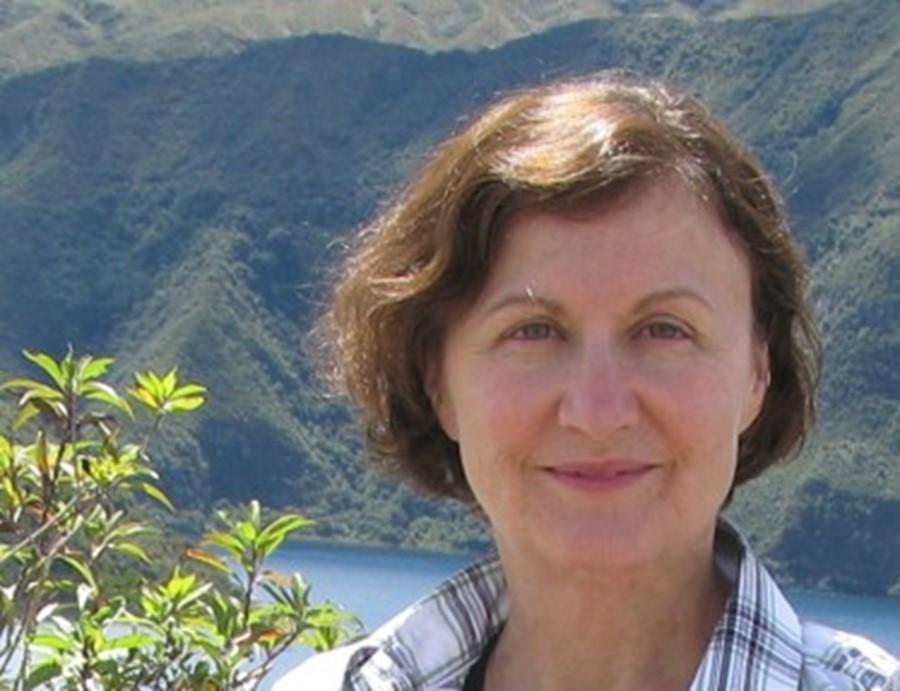Graphene Week Speaker Biography: Prof. Eva Andrei
With its exceptional scientific programme Graphene Week 2016 is the highlight of the European graphene conference calendar. This is the first in a series of interviews with the invited speakers, giving us a unique preview of their talks.
Prof. Eva Andrei
Eva Andrei is a Professor in the Physics and Astronomy Department at Rutgers University, USA. After completing her PhD in Physics at Rutgers she worked as a post doctoral researcher at Bell Labs before retuning to Rutgers to start her own research group which specializes in the study of 2D electronic systems. As a condensed matter experimentalist she has a strong grounding in many different 2D systems and her studies include electrons floating on the surface of superfluid helium and electrons in GaAs/GaAlAs heterostructures using radio frequency techniques. She is most well known, however, for her groundbreaking work on the electronic properties of graphene which lead to the creation of Landau level spectroscopy, a characterisation technique used to assess the electronic properties of 2D materials.
Graphene Flagship: Prof. Andrei, can you tell us about your entry into graphene research 10 years ago?
Prof. Andrei: My entry into graphene in 2006 was quite accidental. While using graphite to calibrate our first scanning tunneling microscopy (STM), which we had built (from scratch) to study the dynamics of vortices in superconductors, we discovered a mysterious sequence of peaks that appeared in the presence of a magnetic field. It turned out that, unbeknownst to us, we were actually measuring a flake of graphene which was stuck on the graphite surface. The peaks that we observed were actually Landau levels whose peculiar sequence helped identify the ultra-relativistic nature of the charge carriers in graphene. This gave rise to the technique of Landau level spectroscopy which we now routinely use to characterize the electronic properties of graphene and graphene-like systems.
That's an interesting and exciting way to become involved in graphene research! Having found something you weren't really looking for, it would be great to know what drives you on in your scientific research?
I really enjoy the process of discovery. By creating new knowledge and understanding how things work I can crack problems and puzzles and that fascinates me.
What do you see as the future of graphene in your field?
Graphene has helped us re-discover the world of two dimensional materials. It has taught us that it is possible to manipulate, control and transform material properties by non-chemical means enabling to achieve record mechanical, electronic and optical performance levels. Now, with many other 2D materials being discovered, we are witnessing the beginning of a 2D materials revolution, with wide ranging applications in areas as diverse as medicine, sensing, communications, filtering and desalination.
I like the way that you talk about a 2D materials revolution. How do you think Graphene Week fits into this?
Discoveries, inventions and new applications from an ever growing community of graphene researchers are progressing at a dizzying rate. Graphene Week provides an opportunity to stay informed of progress in the field, to meet colleagues, initiate collaborations, and provide a sounding board for new ideas.
At Graphene Week 2016 you will be giving a talk in the Plenary session on Wednesday 15 June. Can you tell us a little about your talk?
Straying from the study of pristine Graphene, in this talk I will discuss surprising and novel phenomena that emerge when the perfect honeycomb lattice of graphene is disrupted. In particular I will describe the effect of single atom vacancies on graphene's electronic and magnetic properties as revealed by scanning tunneling microscopy and spectroscopy. These include the ability to charge the vacancy site into the supercritical regime where an artificial atom forms, and screening of the vacancy magnetic moment by the formation of an entangled state with the conduction electrons.
Eva Andrei is also one of the speakers in the Women in Graphene fringe session at Graphene Week 2016.




